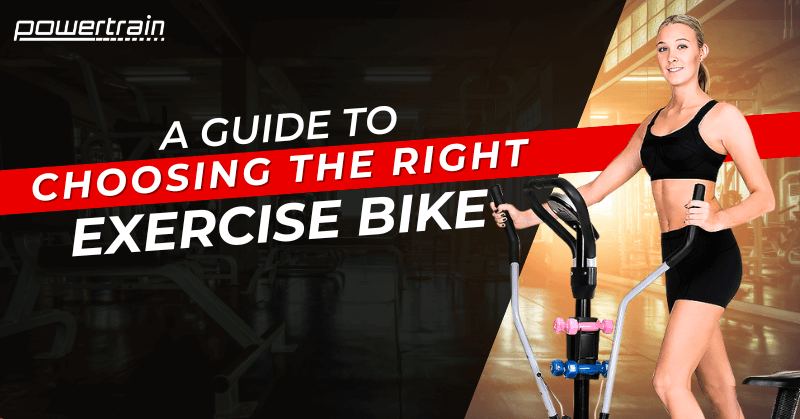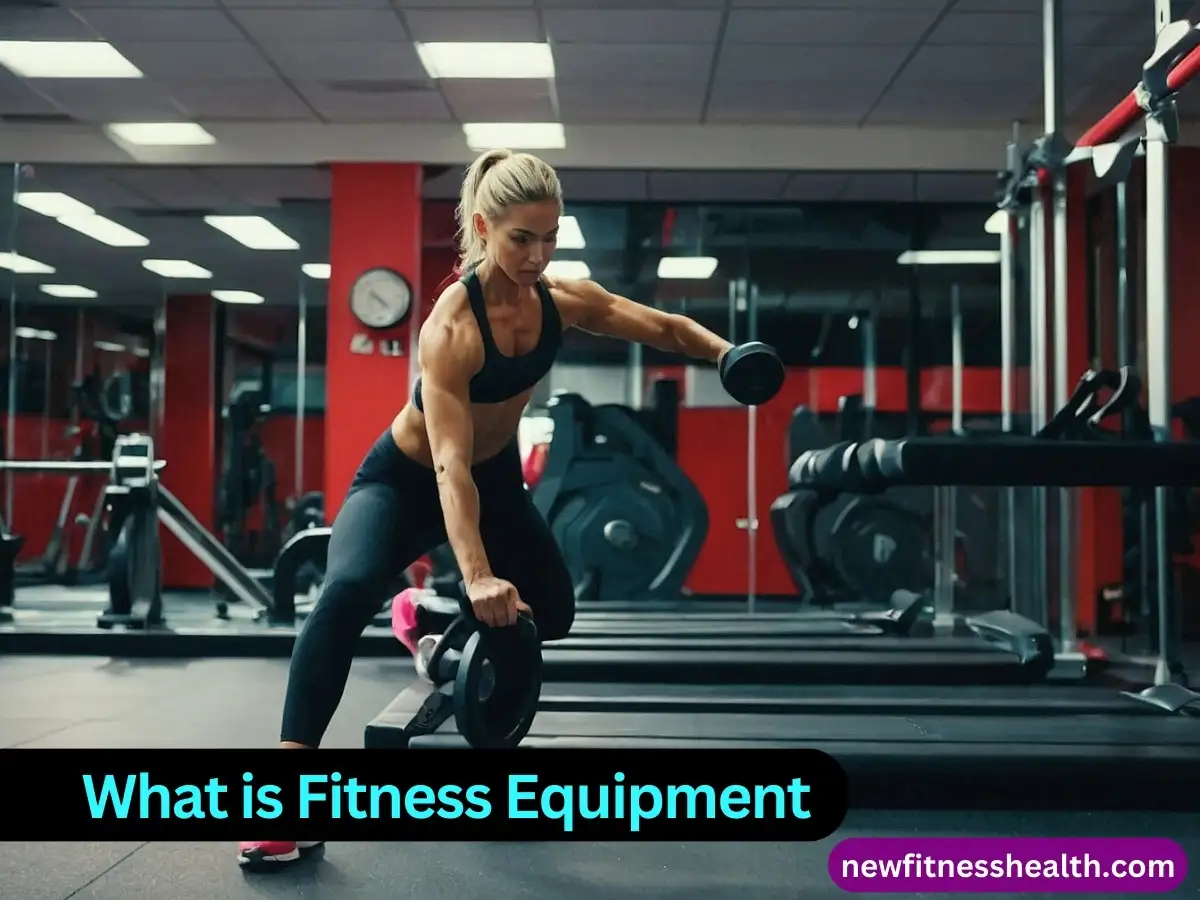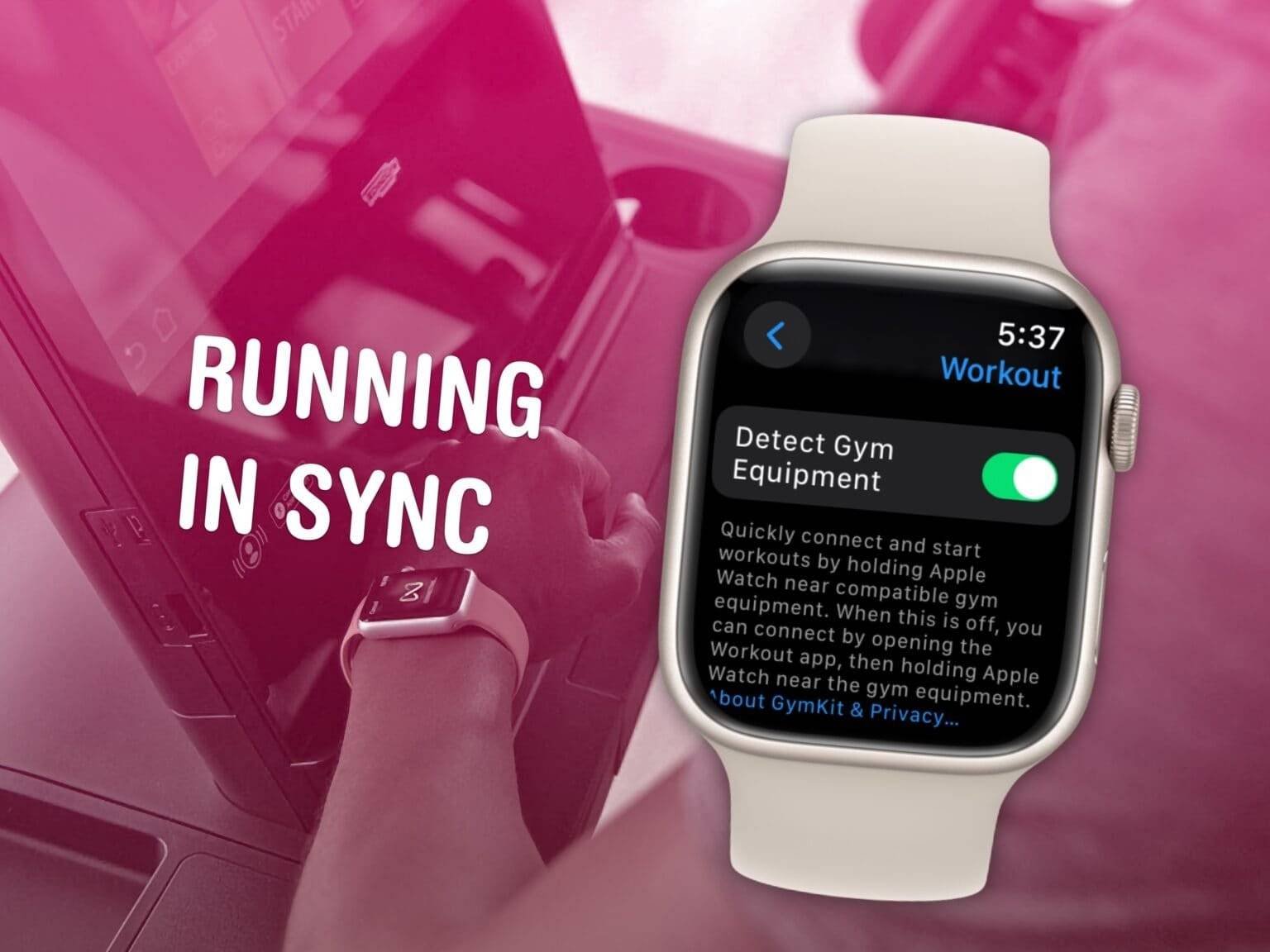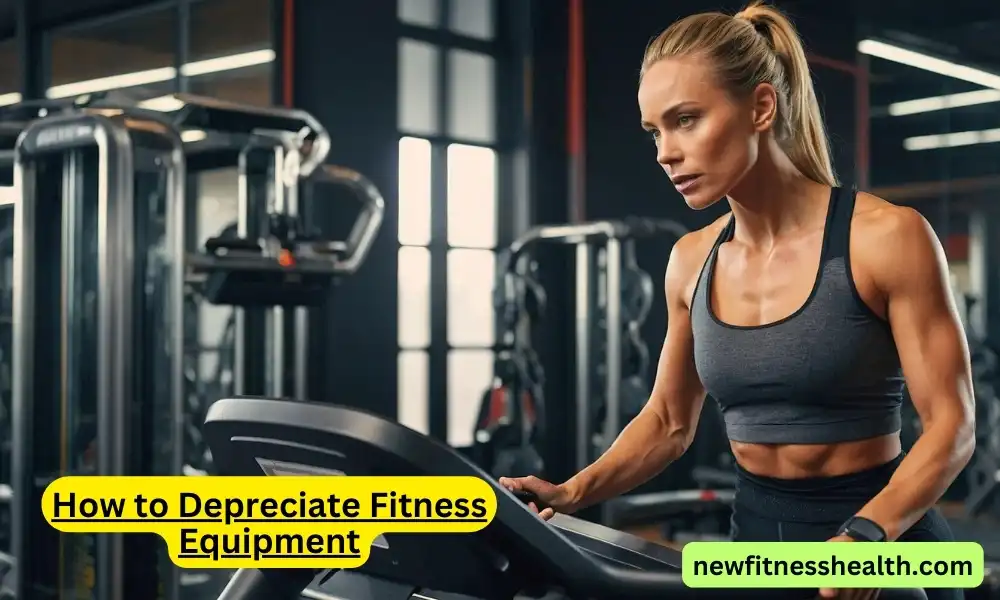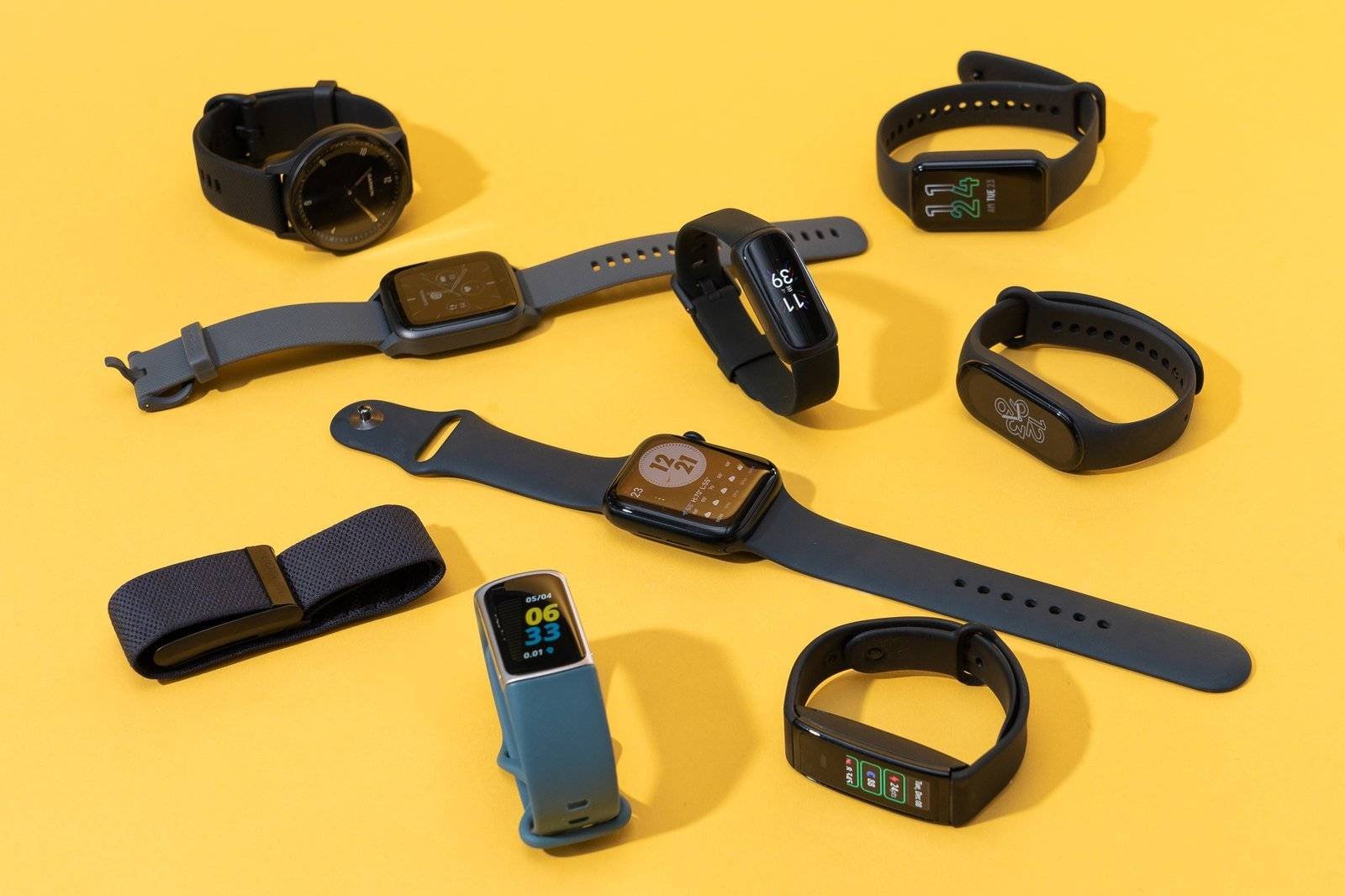Consider your fitness goals, budget, available space, and equipment versatility when choosing fitness equipment. These factors ensure optimal investment.
Choosing the right fitness equipment can be challenging. Your fitness goals play a crucial role in determining the type of equipment you need. Cardiovascular fitness enthusiasts might prefer treadmills or exercise bikes, while those focused on strength training might opt for dumbbells and resistance bands.
Budget is another significant factor; it influences the quality and range of equipment you can afford. Available space in your home or gym also dictates the size and type of equipment suitable for you. Versatile equipment that offers multiple functions can save space and money. By considering these factors, you can make a more informed decision that aligns with your fitness objectives.
Assessing Your Fitness Goals
Choosing the right fitness equipment starts with understanding your fitness goals. Your goals guide your decisions and ensure you make the best choice for your needs. This section will help you assess and align your goals with the right equipment.
Identifying Your Primary Objectives
First, identify what you want to achieve. Are you aiming to lose weight, build muscle, or improve cardiovascular health? Knowing your primary objectives helps narrow down your options. Here are some common fitness goals:
- Weight Loss: Look for equipment like treadmills, stationary bikes, and rowing machines.
- Muscle Building: Consider free weights, resistance bands, and weight machines.
- Cardio Improvement: Opt for ellipticals, jump ropes, and stair climbers.
Aligning Equipment With Workout Plans
Match your workout plans with suitable equipment. If you follow a specific workout routine, choose equipment that complements your plan. Here’s a quick guide:
| Workout Plan | Recommended Equipment |
|---|---|
| High-Intensity Interval Training (HIIT) | Kettlebells, jump ropes, and dumbbells |
| Strength Training | Barbells, bench press, and power racks |
| Endurance Training | Stationary bikes, rowing machines, and treadmills |
Choose equipment that enhances your specific workout plan. This ensures you get the most out of your workouts.

Credit: www.nordictrack.com
Space Constraints And Equipment Size
Choosing the right fitness equipment can be tricky. Space constraints and equipment size are key factors. You need to ensure your equipment fits well in your home. This section will guide you through measuring your space and finding compact solutions.
Measuring Your Available Space
First, measure your available space. Use a tape measure to get accurate dimensions. Write down the length, width, and height of the area. This helps you know what will fit.
- Measure the length of the space.
- Measure the width of the space.
- Measure the height of the space.
Compare these measurements with the equipment size. Check the product dimensions before buying. Make sure there is enough room for movement around the equipment.
Finding Compact Solutions For Small Areas
Small spaces need smart solutions. Look for foldable or compact equipment. Here are some ideas:
- Folding treadmills
- Stackable weights
- Compact exercise bikes
These options save space and are easy to store. Consider multifunctional equipment too. A bench that converts to a stepper can be useful.
Another tip: use vertical space. Wall-mounted racks and ceiling hooks can store gear. This keeps the floor clear and usable.
Check the table below for some space-saving equipment ideas:
| Equipment | Feature |
|---|---|
| Folding Treadmill | Folds up when not in use |
| Adjustable Dumbbells | Replaces multiple weights |
| Compact Elliptical | Small footprint |
| Wall-Mounted Rack | Stores equipment vertically |
Choosing the right equipment for your space makes your workout more enjoyable. Measure your area, find compact solutions, and make the most of your space.
Budgeting For Fitness Investments
Investing in fitness equipment can be a significant decision. It impacts both your health and wallet. Knowing how to budget for this investment is essential. This section will guide you through setting a realistic budget and analyzing the cost-benefit of high-end vs. budget equipment.
Setting A Realistic Budget
Start by assessing your financial situation. Determine how much you can spend without strain. Make sure to include any additional costs like maintenance or accessories.
Here are some steps to help:
- Calculate your monthly income.
- List all your monthly expenses.
- Identify any disposable income.
- Decide what percentage of this can go towards fitness equipment.
Be realistic. Don’t overspend on equipment you might not use often.
Cost-benefit Analysis Of High-end Vs. Budget Equipment
Now, let’s analyze the cost-benefit of different equipment types. High-end equipment often comes with advanced features. Budget equipment might lack these features but can still be effective.
| Criteria | High-End Equipment | Budget Equipment |
|---|---|---|
| Price | Higher | Lower |
| Durability | Usually more durable | May wear out faster |
| Features | Advanced features | Basic features |
| Maintenance | Often lower | May require more maintenance |
Consider what you need most. Do you need advanced features or basic functionality? Think about the long-term value and how often you will use the equipment. Balancing your needs and budget is key to making a smart investment.
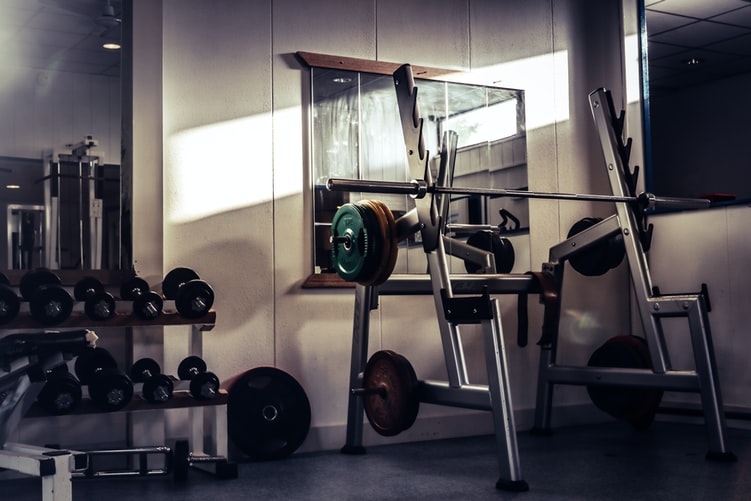
Credit: www.perfectgym.com
Durability And Quality Considerations
Choosing fitness equipment can be tricky. Durability and quality are crucial factors. High-quality gear lasts longer and offers better performance. Let’s explore these considerations.
Materials And Build
Fitness equipment should be made from high-quality materials. Stainless steel, heavy-duty plastic, and durable rubber are ideal. Cheap materials break easily. Look for solid construction and sturdy parts.
Consider the weight of the equipment. Heavier items often mean better quality. Check reviews for user experiences with the build quality. Inspect welds and joints if possible.
| Material | Durability |
|---|---|
| Stainless Steel | Very High |
| Heavy-duty Plastic | High |
| Rubber | Moderate |
Warranty And Maintenance
A good warranty shows confidence in the product. Look for warranties that cover several years. Check what parts are covered. Some warranties are limited to specific components.
Consider maintenance requirements. Some equipment needs regular oiling or tightening. Simple maintenance means fewer problems. Ensure you can easily get replacement parts. Read the maintenance manual before buying.
- Longer warranty periods are better.
- Ensure easy access to spare parts.
- Simple maintenance is crucial for longevity.
Versatility And Functionality
When choosing fitness equipment, consider its versatility and functionality. Versatile equipment saves space and offers multiple workout options. Functional equipment ensures effective and efficient workouts. Let’s delve into the key aspects of versatility and functionality.
Multi-purpose Equipment
Multi-purpose equipment is great for home gyms. It allows you to perform various exercises with one machine. This type of equipment saves space and money. Here are some benefits:
- Space-saving
- Cost-effective
- Offers full-body workouts
Examples of multi-purpose equipment include resistance bands, adjustable dumbbells, and cable machines. These tools can target different muscle groups. They are perfect for small spaces and varied workouts.
Specificity Vs. General Fitness
Consider your fitness goals. Do you want to improve general fitness or target specific areas? For general fitness, choose equipment that offers a range of exercises. Examples include:
- Treadmills
- Ellipticals
- Rowing machines
If you want to target specific muscles, choose specialized equipment. Examples are:
- Leg press machines
- Lat pulldown machines
- Ab benches
Specific equipment helps focus on particular muscle groups. It is ideal for advanced training and rehabilitation.
Below is a table comparing multi-purpose and specific equipment:
| Type | Benefits | Examples |
|---|---|---|
| Multi-purpose | Space-saving, Cost-effective, Full-body workouts | Resistance bands, Adjustable dumbbells, Cable machines |
| Specific | Targeted muscle training, Advanced training, Rehabilitation | Leg press, Lat pulldown, Ab bench |
User Compatibility And Ergonomics
Choosing the right fitness equipment involves considering user compatibility and ergonomics. These factors ensure that the equipment suits different users and offers comfort and safety. Understanding these aspects can help you make an informed decision.
Adjustability For Different Body Types
Fitness equipment should be adjustable to accommodate various body types. This feature is crucial for ensuring that users of all sizes can use the equipment safely and effectively.
| Feature | Importance |
|---|---|
| Adjustable seats | Ensures correct posture |
| Adjustable handles | Prevents strain on arms |
| Adjustable resistance | Caters to different fitness levels |
Ensuring Comfort And Safety
Comfort and safety are paramount when using fitness equipment. Make sure the equipment has features that enhance user comfort and prevent injuries.
- Cushioned seats: Reduce stress on the lower body.
- Non-slip pedals: Prevent accidents during workouts.
- Safety locks: Ensure the equipment stays in place.
- Clear instructions: Help users understand how to use the equipment.
By focusing on these factors, you can ensure a safe and comfortable workout experience.
Technology Integration And Features
Choosing the right fitness equipment involves many factors. One key aspect is technology integration and features. Modern fitness machines come with various smart features. These features can enhance your workout experience.
Smart Features And Tracking
Many fitness machines now include smart features. These features help track your progress. You can monitor heart rate, calories burned, and more. Some machines even provide personalized workout plans. This data helps you improve your fitness over time.
Fitness trackers can sync with your equipment. This allows you to see all your stats in one place. It makes it easier to set goals and achieve them. Track your workouts and see your progress in real-time.
Connectivity With Fitness Apps
Modern fitness equipment often connects with popular fitness apps. This feature allows you to integrate your workouts with your digital life. Many apps offer guided workouts and challenges. Connecting your equipment to these apps can boost motivation.
Here is a table that shows some common app integrations:
| App Name | Features |
|---|---|
| MyFitnessPal | Calorie tracking, exercise logging |
| Strava | GPS tracking, social sharing |
| Fitbit | Activity tracking, sleep monitoring |
Having connectivity options is a big plus. It means you can share your progress with friends. You can also join online fitness communities. This makes your fitness journey more engaging and fun.

Credit: www.homefitnesscode.com
Brand Reputation And Reviews
Choosing the right fitness equipment can be challenging. One crucial factor is brand reputation and reviews. Trustworthy brands often offer superior quality and better customer service. Reading reviews helps you understand user experiences and reliability.
Researching User Feedback
Start by researching user feedback. Check various platforms for reviews. Look for patterns in user comments. Positive reviews often indicate good quality. Negative reviews highlight potential issues. Ensure the reviews are recent and relevant.
Trusted Brands In Fitness Equipment
Some brands are known for their reliability. The table below lists a few trusted names:
| Brand | Specialty | Reputation |
|---|---|---|
| NordicTrack | Treadmills | High |
| Bowflex | Strength Training | High |
| Peloton | Indoor Cycling | High |
These brands offer high-quality equipment. They also provide excellent customer service. Their products usually have positive reviews.
- NordicTrack: Known for durable treadmills.
- Bowflex: Specializes in strength training machines.
- Peloton: Famous for interactive indoor cycles.
Installation And Assembly
Choosing fitness equipment involves many factors. One key aspect is installation and assembly. This step is crucial for a hassle-free setup. It ensures your equipment is ready to use without any issues.
Ease Of Setup
Consider how easy the equipment is to set up. Some machines come with simple instructions and require minimal tools. Others may be more complex and time-consuming. It’s important to know what you’re getting into.
A table can help compare the ease of setup:
| Equipment Type | Setup Time | Tools Needed |
|---|---|---|
| Treadmill | 30 minutes | Wrench, Screwdriver |
| Stationary Bike | 20 minutes | Allen Key |
| Rowing Machine | 45 minutes | Wrench, Pliers |
Professional Installation Services
Some companies offer professional installation services. This can save you time and effort. Professional installers ensure everything is set up correctly. They also test the equipment for you.
Consider these benefits of professional installation:
- Correct assembly
- Safety checks
- Warranty protection
Professional installation may come at an extra cost. But it offers peace of mind. Make sure to ask about this option when purchasing.
After-sale Support And Customer Service
Choosing the right fitness equipment goes beyond the initial purchase. The quality of after-sale support and customer service can greatly impact your overall experience. Let’s explore some key factors to consider.
Availability Of Customer Support
Reliable customer support is crucial. Check if the company offers 24/7 customer support. This ensures help is available anytime. Look for multiple contact options like phone, email, and live chat. This makes it easier to reach out when you need assistance.
Access To Replacement Parts And Repairs
Fitness equipment may need repairs or parts replacement. Ensure the company provides easy access to replacement parts. Check if they have a network of authorized repair centers. This will save you time and hassle when maintenance is required.
| Factor | Importance |
|---|---|
| 24/7 Customer Support | High |
| Multiple Contact Options | High |
| Access to Replacement Parts | Medium |
| Authorized Repair Centers | High |
Consider these factors when choosing fitness equipment. This will ensure a smooth and stress-free experience.
Frequently Asked Questions
What Factors Should You Consider When Choosing Between Purchasing Fitness Equipment And Joining A Gym If You Were?
Consider your budget, available space at home, fitness goals, convenience, and personal preference for social interaction.
What Should You Consider Before Buying Exercise Equipment?
Consider your fitness goals, available space, and budget. Research equipment quality, read reviews, and check warranty details.
What Are The Two Most Important Considerations When Selecting A Fitness Facility?
The two most important considerations when selecting a fitness facility are location and available equipment. Choose a gym close to home or work for convenience. Ensure it has the necessary equipment and facilities to meet your fitness goals.
When Choosing A Fitness Center, What Should You Consider?
Consider location, equipment quality, membership cost, cleanliness, and class availability. Check staff qualifications and customer reviews.
What Should I Consider When Buying Fitness Equipment?
Consider your fitness goals, available space, and budget. Also, check the equipment’s quality and features.
Conclusion
Choosing the right fitness equipment involves careful consideration of various factors. Assess your fitness goals, budget, and space. Research different brands and read reviews. Prioritize quality and functionality to make a smart investment. With thoughtful planning, you can create an effective home gym that meets your needs.

